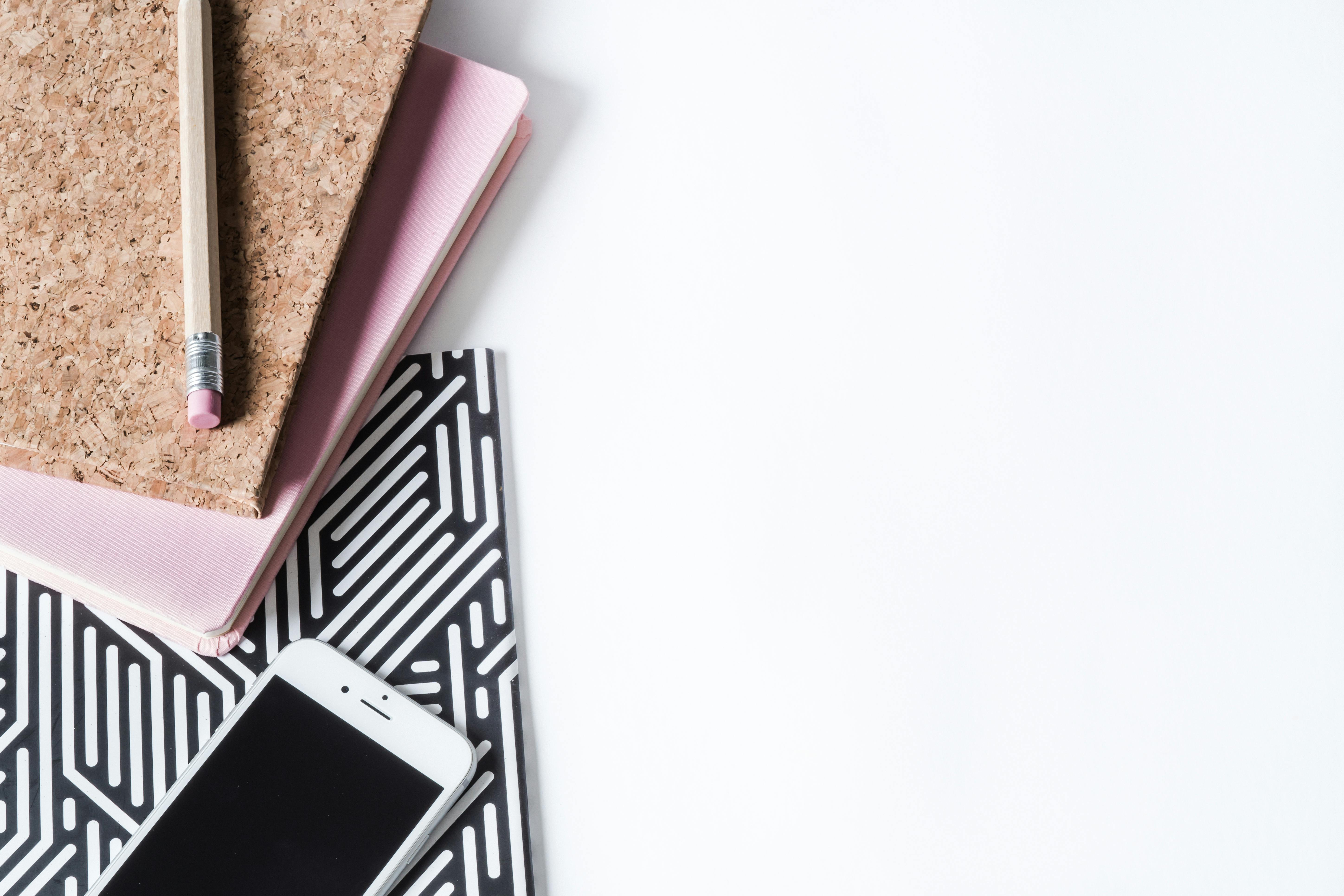The ancient art of carving fruits and vegetables into a variety of shapes and objects originated in Thailand in 1364. Today, this custom delights and entertains people around the world.
Las Vegas chef Ning Crook believes, “People eat with their eyes. Food should always please the eye as well as the palate. It is fascinating to see how common fruits and vegetables, such as watermelon, carrots, Red peppers, cucumbers and even pumpkins change character and shape. A turnip, or radish, even an onion, can be carved into a beautiful flower or a whole bouquet. These creations enhance the visual effects of food and They add a wow factor. “
World-renowned Kaesaluk teacher Pam Maneeratana, originally from Bangkok, Thailand, has been teaching and demonstrating Kae-sa-luk in the United States for the past 20 years. As the host of fruitcarving.com. Pam believes that carving vegetables is not difficult. First you have to understand the concept behind the basic forms of carving and understand how to use the knife correctly. While there are a variety of tools that are used for this art, the knife is the most important. “I just use a good pairing knife. Good means sharp, strong and thin. A good knife is the answer to all good cuts. Learning to hold the knife in your hand and be comfortable with it is like when you learned to use it. a pencil when learning to write. My students are told to screw up their first projects. If students try to make the perfect piece on their first try, they will get frustrated and it will be difficult to get to the point of perfection. “I asked Pam about paint and stain the carvings. “I never color or stain my carved vegetables. It is more fascinating and more challenging to transform them from their original formation.”
Chef Jason Brandin of the Harley-Davidson Café in Las Vegas learned the art of carving from his grandmother. She taught him the “idea of making food look good” and sat him down with a pumpkin and carving kit. Later, he refined his skill at Le Cordon Bleu in Las Vegas, which ultimately led to his third place in the vegetable carving competition at the 2004 American Culinary Federation food show at the Mandalay Bay Resort in Las Vegas. “Fruit and vegetable carving is the marriage of art and love of food,” said Chef Jason. “This started as my hobby and then I learned the importance of this. These elegant garnishes enhance the presentation of your plate by making the food on the plate more attractive, and it also adds value to your plate. An entree that can normally be sold for $ 15.00 it can be sold for $ 25.00 when you take a piece of ordinary food and make it look like something. Have you ever been to a restaurant and had an ‘unadorned’ dish served to you? It looks terrible! “
I asked him if carving was something he could be self-taught. “Yes, you can really teach yourself and hone and challenge your skill with practice. There are several books and videotapes on the subject. What you need to remember is not to let art intimidate you. good eye for what you want to design. Take a picture of a rose and deconstruct; imagine how it is made and then try to rebuild it in the vegetable. It’s like taking apart an engine: you have all the pieces, now you have to figure out how to put it back together. Practice is the best advice I can give you. Buy a bag of carrots and potatoes and practice, practice, and practice. Carving is a skill you can use for the rest of your life. It is a part of you on the plate; a way of expression “. As he took out a button-shaped mushroom and carved a design on it, he said, “Look how great it looks! Your guests will appreciate the extra time you take. No matter how you display these carvings, you can be sure they will be. conversation pieces “.
The relationship between food and garnish is as important as its location. The selected elements and the carved pattern must be artistically and strategically arranged, balanced according to size and shape, color, texture and taste, and the appropriate design for the presentation of the food. Whether these intricate works of art are used to add drama and flair to a buffet as an eye-catching exotic centerpiece or a simple garnish to accent a dish display, Kae-sa-luk adds elegance, flair and personality to the occasion. . These culinary art creations, with their unique designs, will enchant dinner, reflect the talent and passion of the carver, and pay tribute to the rich cultural heritage of Thailand, where this beautiful art originated.
FEW HELPFUL POINTS:
Fruits and vegetables must be clean and free of stains before cutting.
Use a stainless steel or bronze knife; any other type of metal will rust and bruise.
Proper storage is essential if sizes are expected to last up to 2-3 days. Chef Jason suggests putting the finished product in ice water in the refrigerator. “The ice water will keep the carvings fresh and crisp, and it will also help some of them bloom. It’s also a good idea to keep them separate.”
Pam Maneeratana wraps her creations in “resealable plastic” before storing them in the refrigerator.

